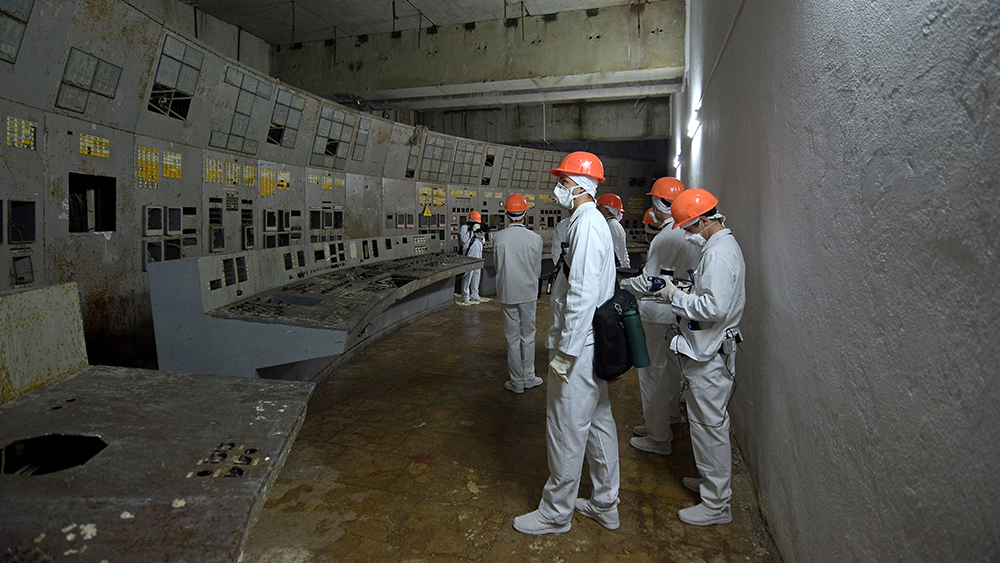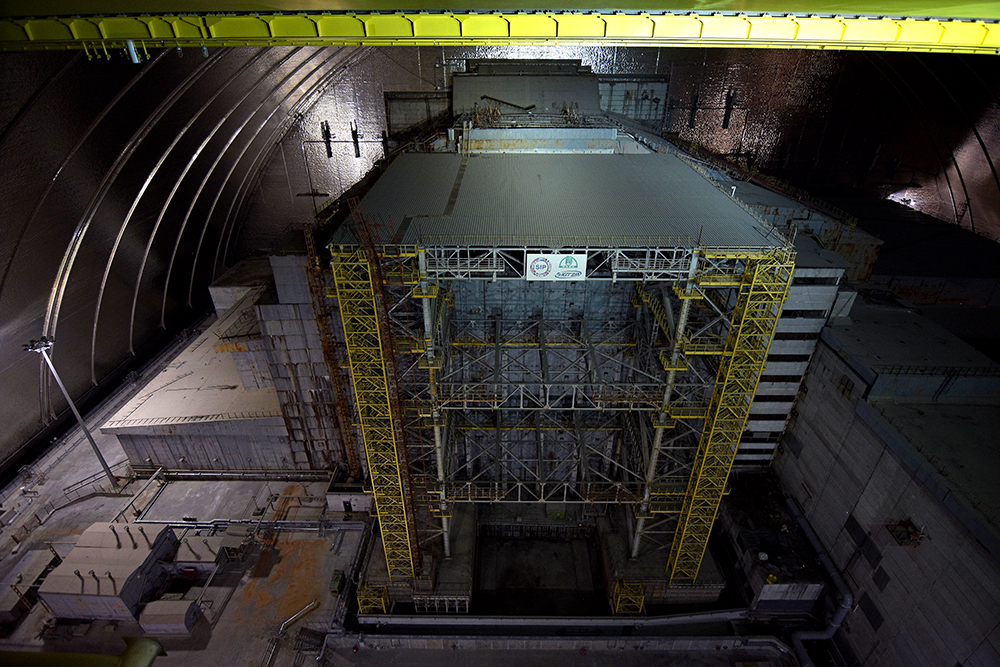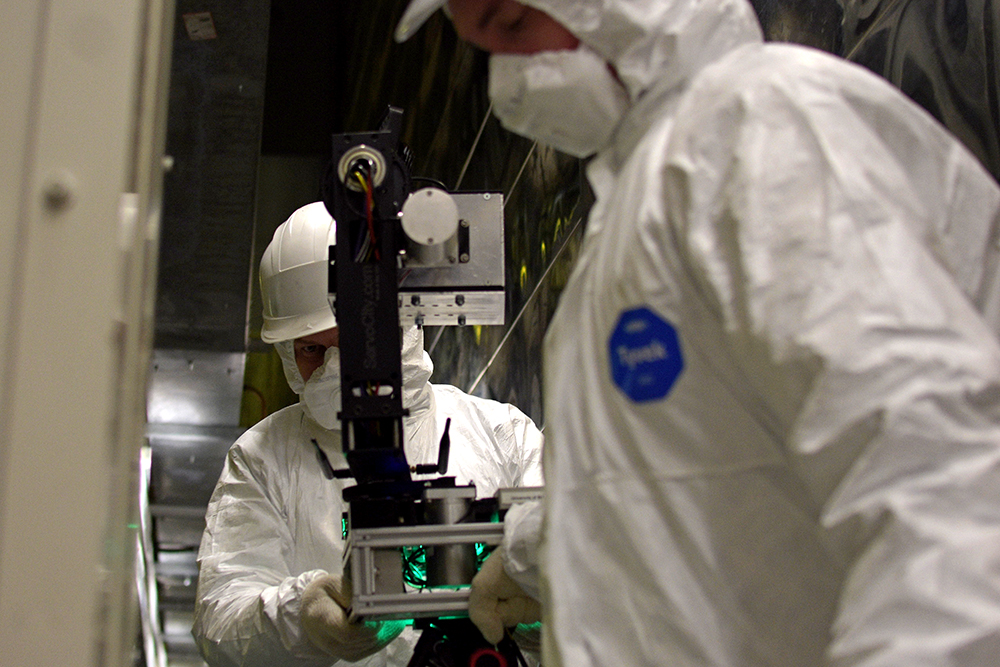
University of Bristol has been given privileged access to the Chernobyl Nuclear Power Plant reactor 4 control room to carry out radiation mapping research.
This was the Bristol team’s fourth visit to the site, and was funded by the Engineering and Physical Sciences Research Council (EPSRC) Robotics and AI in Nuclear (RAIN) research consortium.
The visit was also a joint initiative between Bristol and the Institute for Safety Problems of Nuclear Power Plants (ISPNPP), of the Ukraine National Academy of Science.
Several robotic systems were trialled, fitted with radiation sensing and laser mapping equipment developed between the universities of Bristol and Oxford as part of RAIN.
The aim was to collect accurate 3D models of the Exclusion Zone and the Chernobyl Nuclear Power Plant, overlaid with data defining the distribution and severity of the radiation.
“To actually venture inside the control room of the failed reactor was a tense and yet exhilarating experience,” said lead researcher professor Tom Scott from Bristol University and co-director of RAIN.
“We’re so pleased to have successfully demonstrated a capability that is both useful for Chernobyl decommissioning but also for legacy nuclear sites in the UK and elsewhere in the world.”

Bristol and ISPNPP teams are developing technology to decrease the risk associated with decommissioning nuclear facilities. The 3D data captured will be further analysed by the research team to provide detailed maps of radiation levels on the site, to assist the Ukrainian government in dismantling and decommissioning the power plant.
Scott added: “We are now entering a phase of decommissioning here in the UK, at Sellafield and Magnox, therefore we are developing new sensing systems, robotic solutions and special types of detectors because that technology is needed now.
“Robots can make nuclear decommissioning faster, cheaper and more importantly, safer. We would only be able to develop this technology with the guidance and information from our Ukrainian partners.”
The team worked inside the New Safe Confinement (NSC) protective structure that was put up to cover the remains of the failed reactor and the original sarcophagus that was quickly built following the incident in 1986.

The site has now been granted permission to begin remote dismantling of the sarcophagus, which will be followed by retrieving and packing huge volumes of reactor core debris.
During this decommissioning process, radioactivity levels are expected to fluctuate so that robotically deployed, scanning technologies that can speedily define the hazards involved to keep workers safe will be needed.
ISPNPP senior researcher in the Ukraine, Dr Maxim Saveliev, said: “Importantly, this scientific data will inform future planning for the eventual removal of fuel-containing material from the shelter facility and will ultimately aid Chernobyl’s transformation – and the area surrounding it – into an environmentally safe place.”











